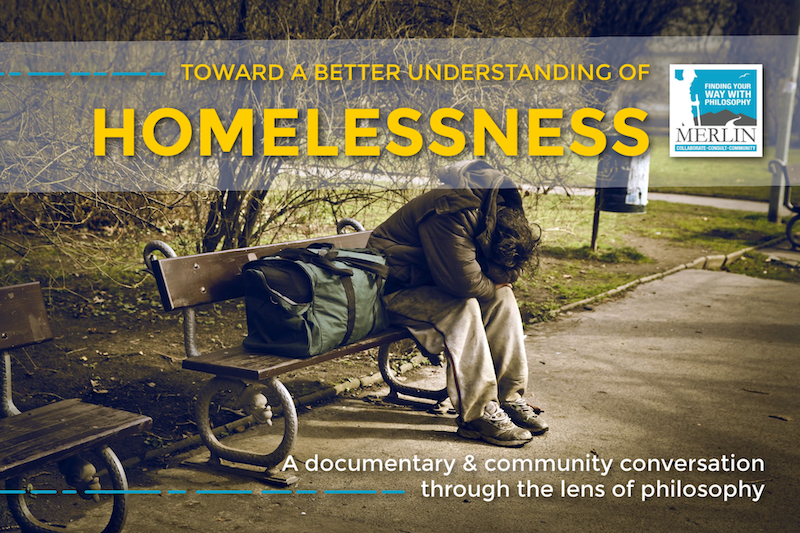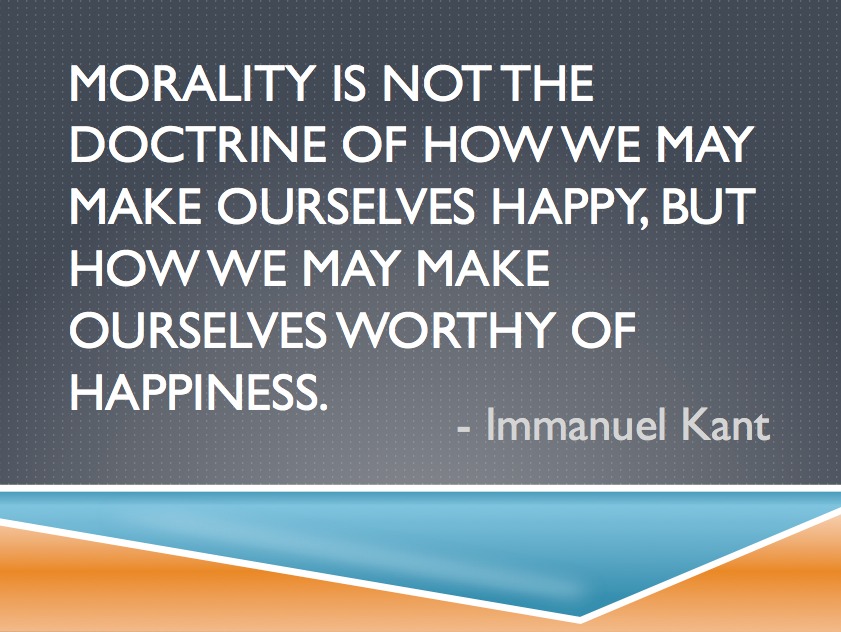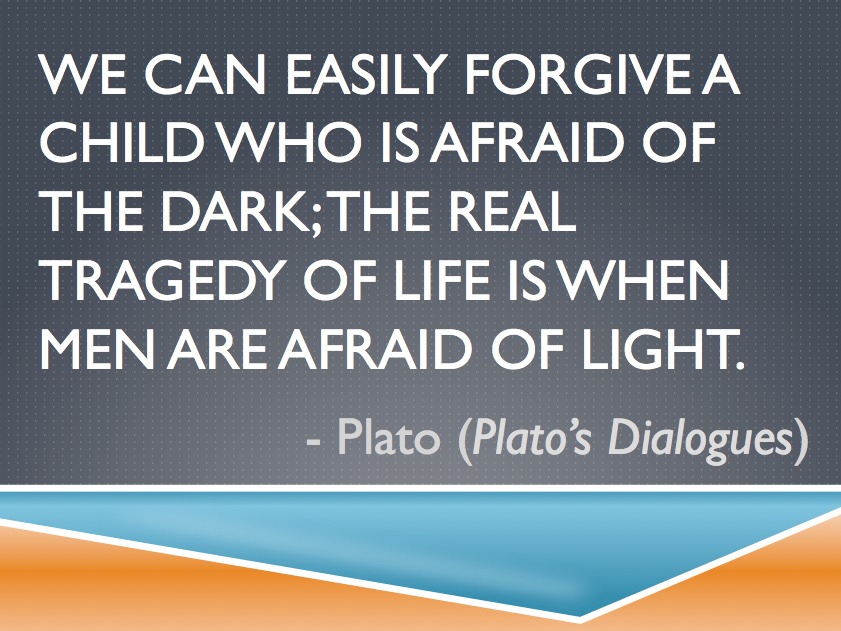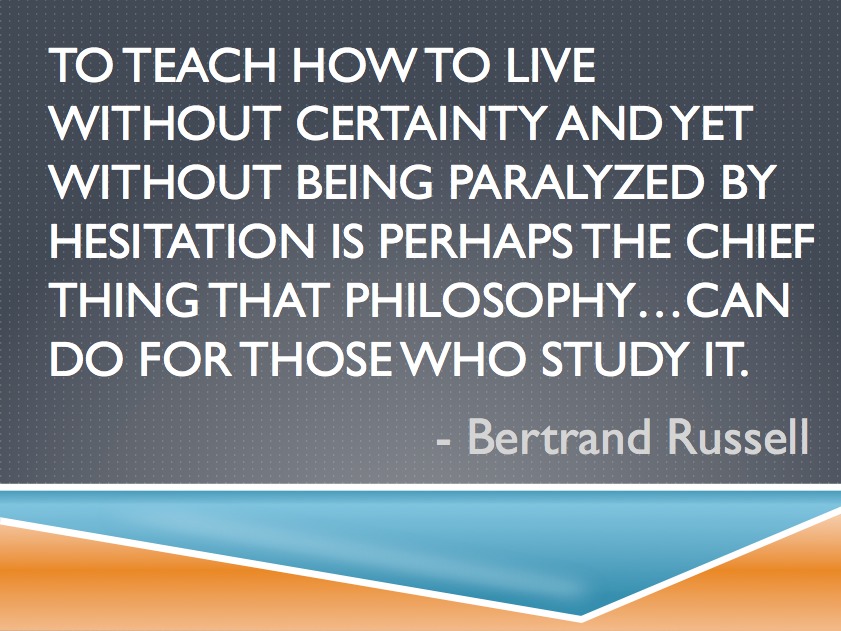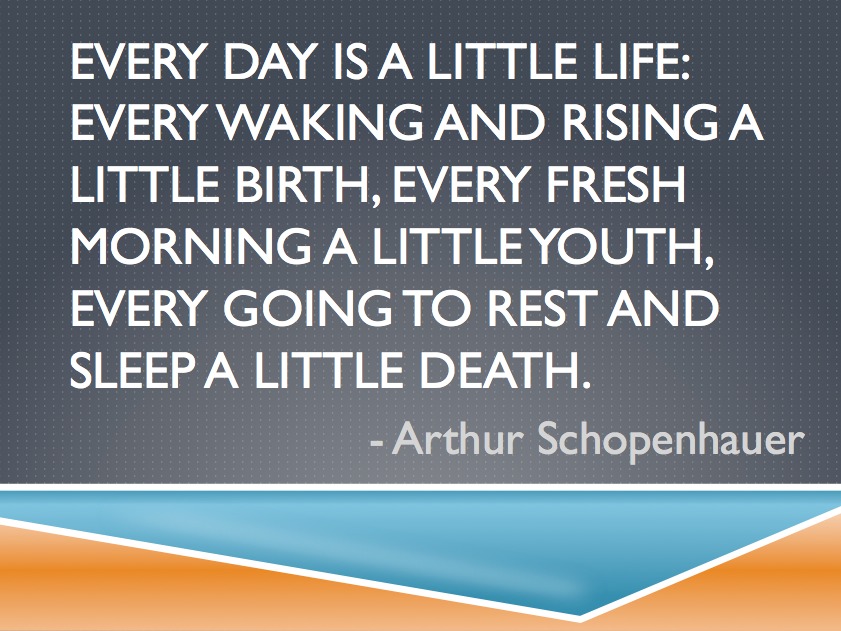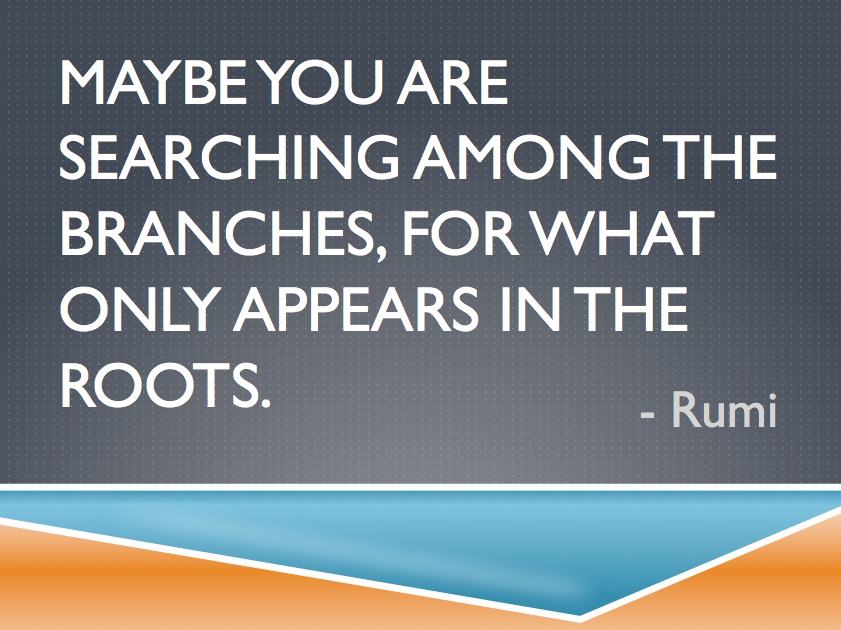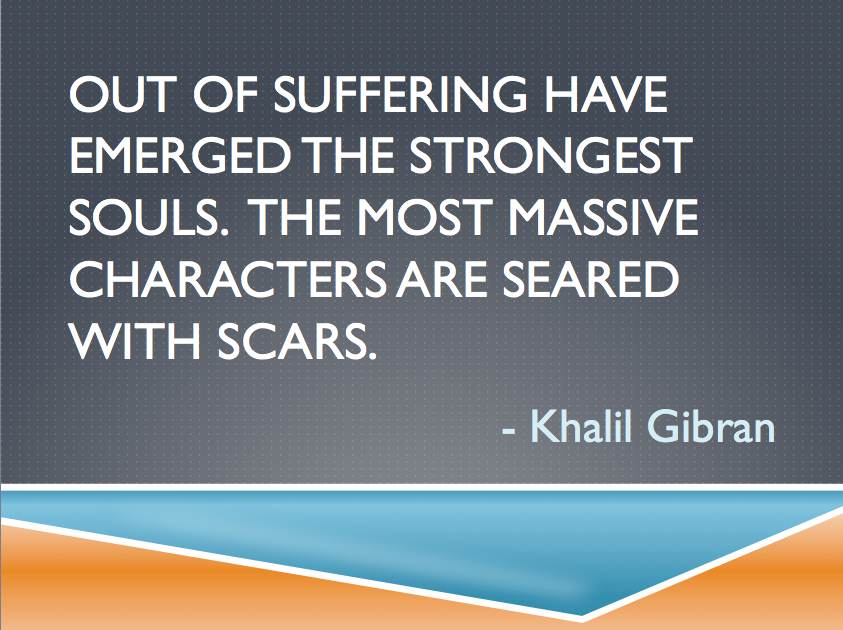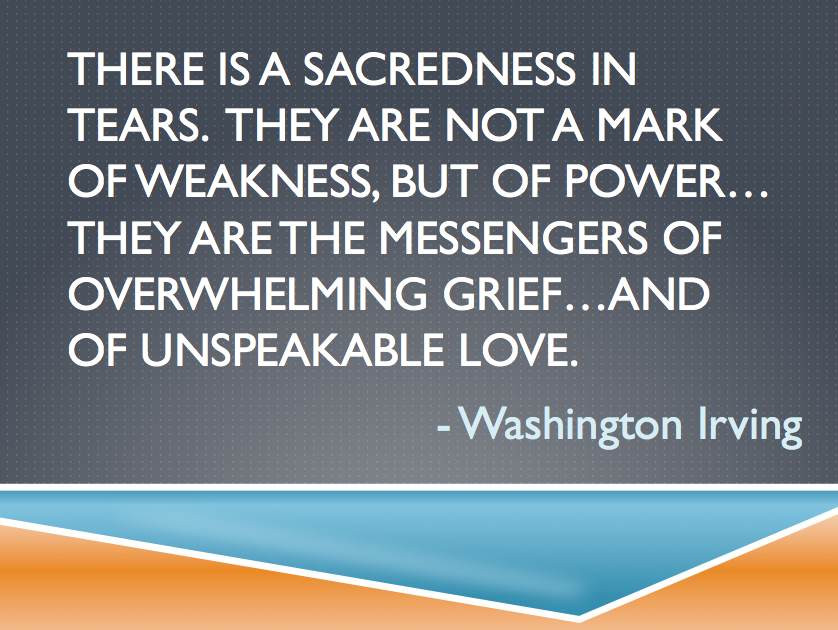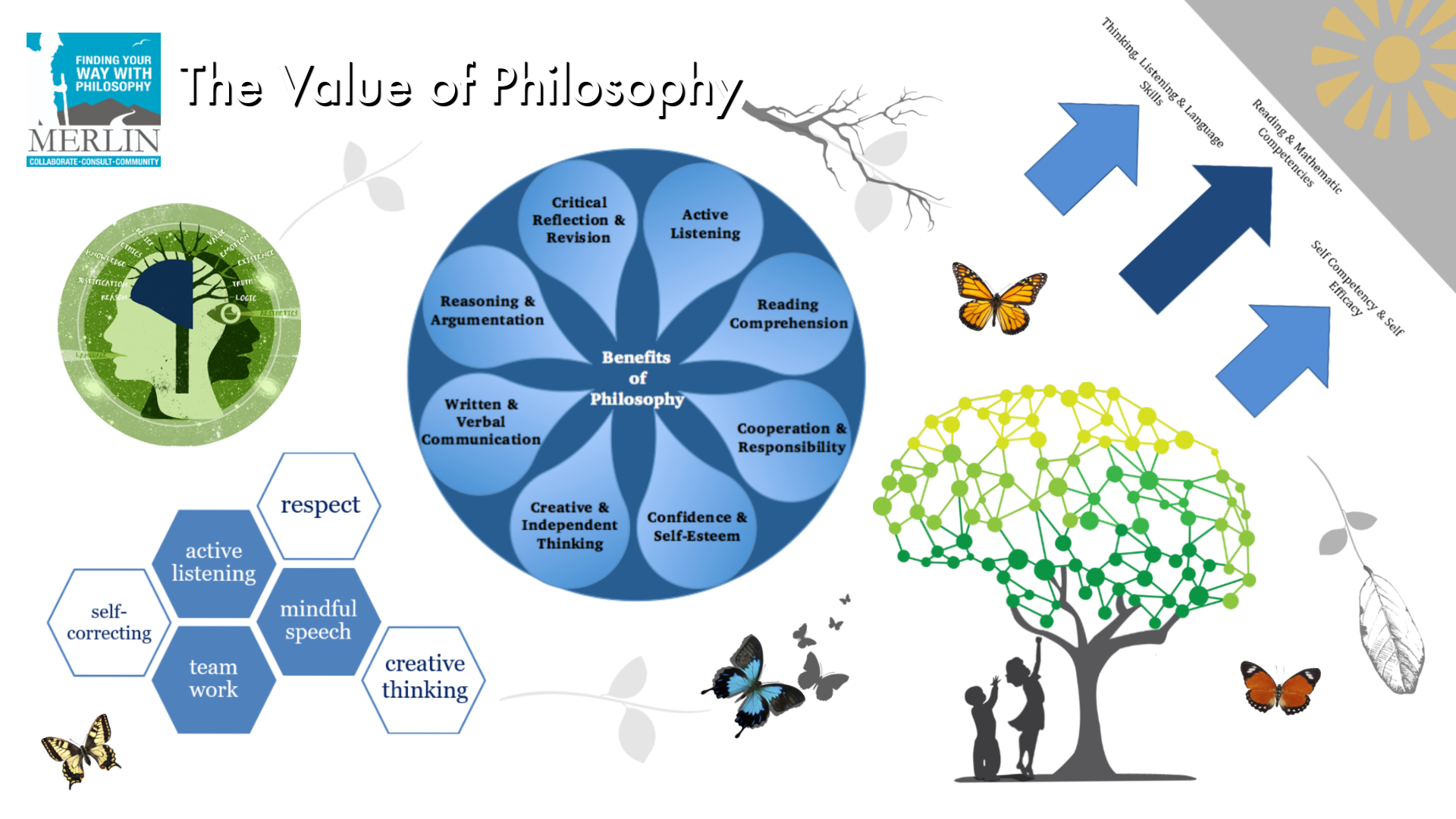 Losing loved ones can be one of the hardest challenges a person must face. How do we navigate our loss and pain and grief? And what does death have to do with love? In this article, Sharon Krishek — lecturer in philosophy at The Hebrew University of Jerusalem — talks about the vital relationship between mortality and love as seen through the eyes of existentialist philosopher Søren Kierkegaard.
Losing loved ones can be one of the hardest challenges a person must face. How do we navigate our loss and pain and grief? And what does death have to do with love? In this article, Sharon Krishek — lecturer in philosophy at The Hebrew University of Jerusalem — talks about the vital relationship between mortality and love as seen through the eyes of existentialist philosopher Søren Kierkegaard.
When it comes to love…death is not necessarily the end; on the contrary, it can be seen as playing a crucial role in active, living love…not only when it comes to love for a beloved who is absent…but also when it comes to love for a beloved who is present. And indeed, according to Kierkegaard, for any love to be genuine, the lover must dance with death: the thought of it must be a constant companion to love. — Sharon Krishek
Love & Death
Krishek begins her reflections on embracing mortality by looking at Kierkegaard’s work. She provides a pithy summation of how love and death are woven into the fabric of Kierkegaard’s philosophy and way of being (in the world):
The themes of love and death are interwoven into Kierkegaard’s entire oeuvre. As an existential philosopher, he is preoccupied with human temporality and finitude, and therefore death. As a Christian philosopher, he takes love to be the heart of human existence. And, as a romantic soul, he converges the two. This convergence between death and love is particularly apparent in two key points in his philosophy. — Sharon Krishek
Of utmost importance in her summation: the convergence between death and love are vital — no pun intended….or, wait, we are talking about Kierkegaard…so yes, pun and irony are intended! (Kierkegaard’s prose and the use of pseudonyms, paradox and irony were among his trademarks).

Kirekegaard first identifies love with caring and believes that it should be (to quote Kirshek) “focused on the person who is being loved” (in order to fulfill the nature of love). In other words, true love must be concerned with the other and not the self. That sounds right! Selfish love is not really love — its something else. So how does this idea of unselfish love factor into death?
Kierkegaard claims that “[t]he work of love in recollecting one who is dead is a work of the most unselfish love.” To recollect one who is dead is to keep him alive in the lover’s thoughts: not to forget him, not to become indifferent to his absence. Thus if selfishness is to be attached to the beloved because of what the beloved can give the lover (essentially the lover’s preoccupation with herself) — loving someone who is dead poses no such danger…[.] When loving someone who is dead, there can be no expectation to get something out of the relationship, to be rewarded or to benefit in some way. Therefore, from the point of view of unselfishness, love for a dead person is as pure as it can be. — Sharon Krishek
Mortality & Value
In addition to unselfishness being an important attribute of true love, Kirkegaard also identifies the appreciation of value in the beloved as the thing which unselfishness is grounded upon.
In a full and genuine appreciation of the beloved’s value..The thought of death edifies the lover not only because it teaches them to love unselfishly but, more directly, because it has the power to reveal the beloved’s value. — Sharon Krishek
Kierkegaard’s appeal to the idea and act of resignation in his works can shed some helpful light on this claim (and the connection between embracing mortality and love) when he says: “Resignation is an uncompromising acknowledgment of the beloved’s finitude. This acknowledgment is essential…to the ability to rejoice in the beloved.”
 Among Kierkegaard’s corpus of writings, Fear & Trembling provides an excellent platform for diving into this complex and layered conception of love. When one embraces mortality, we engage in an important dance with death. Not only are we acknowledging a physical truth — “everything in our life — including ourselves and, more poignantly, those we love — is doomed, by virtue of its temporality, to loss” — we are also, and more significantly, acknowledging an existential truth and, as a result, seeing our beloved(s) in light of this temporality. As a consequence, we are less likely to take anything for granted.
Among Kierkegaard’s corpus of writings, Fear & Trembling provides an excellent platform for diving into this complex and layered conception of love. When one embraces mortality, we engage in an important dance with death. Not only are we acknowledging a physical truth — “everything in our life — including ourselves and, more poignantly, those we love — is doomed, by virtue of its temporality, to loss” — we are also, and more significantly, acknowledging an existential truth and, as a result, seeing our beloved(s) in light of this temporality. As a consequence, we are less likely to take anything for granted.
The knight — an important character in Fear & Trembling — succeeds in doing the “wonderful” (i.e., loving deeply, fiercly, and truly) by way of his ability to “see the sword hanging over [his] beloved’s head.” Krishek explains:
The sword always hangs above the beloved’s head: this is the fate entailed in being human. And this is what the thought of death reminds the lover: her beloved’s presence is not, and cannot, be secured. But the counterpart of this painful acknowledgement is the realization of the beloved’s value, and the possibility of absolute joy in the beloved’s presence. Such a valuation, coupled with the edification to love unselfishly, makes death – despite all appearances – a vital player in genuine, lively love. — Sharon Krishek
To read this article in its entirety, click here!






